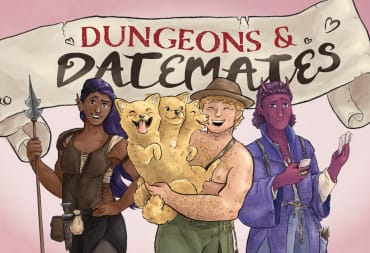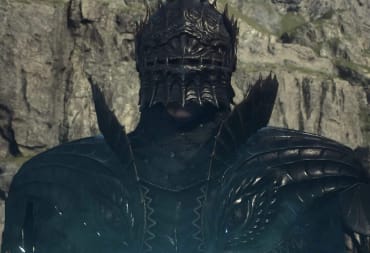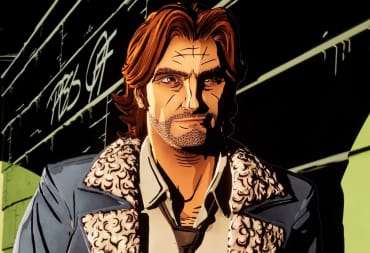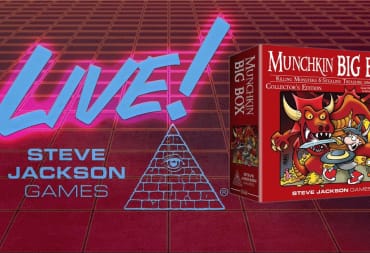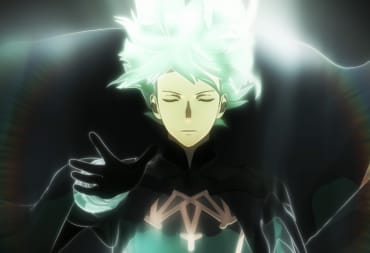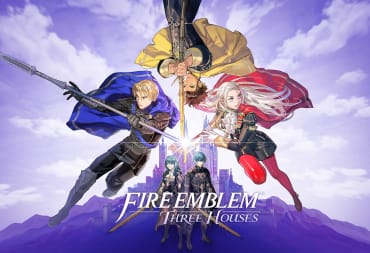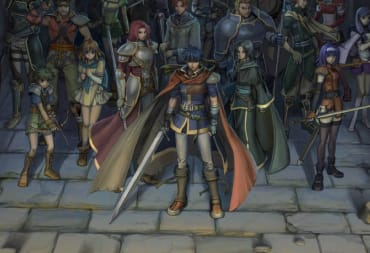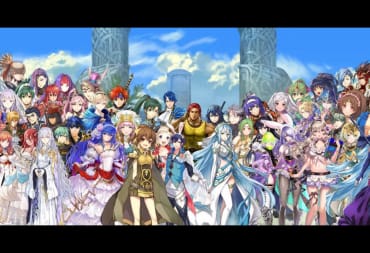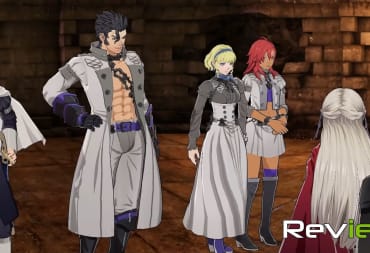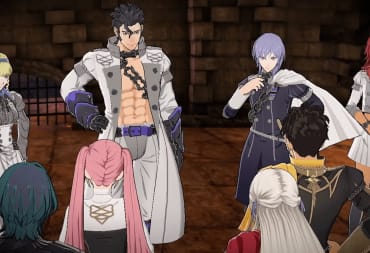Welcome to the second part of a celebration of Fire Emblem! With a half-dozen titles celebrating milestone anniversaries this spring, we at TechRaptor will elucidate on how the series has developed from its days on the Famicom. This second part of a four-part series covers the series' first overseas releases. It also marks the departure of series creator Shouzou Kaga and his subsequent legal entanglement with Intelligent Systems.
Fire Emblem: Shouzou Kaga's Later Projects
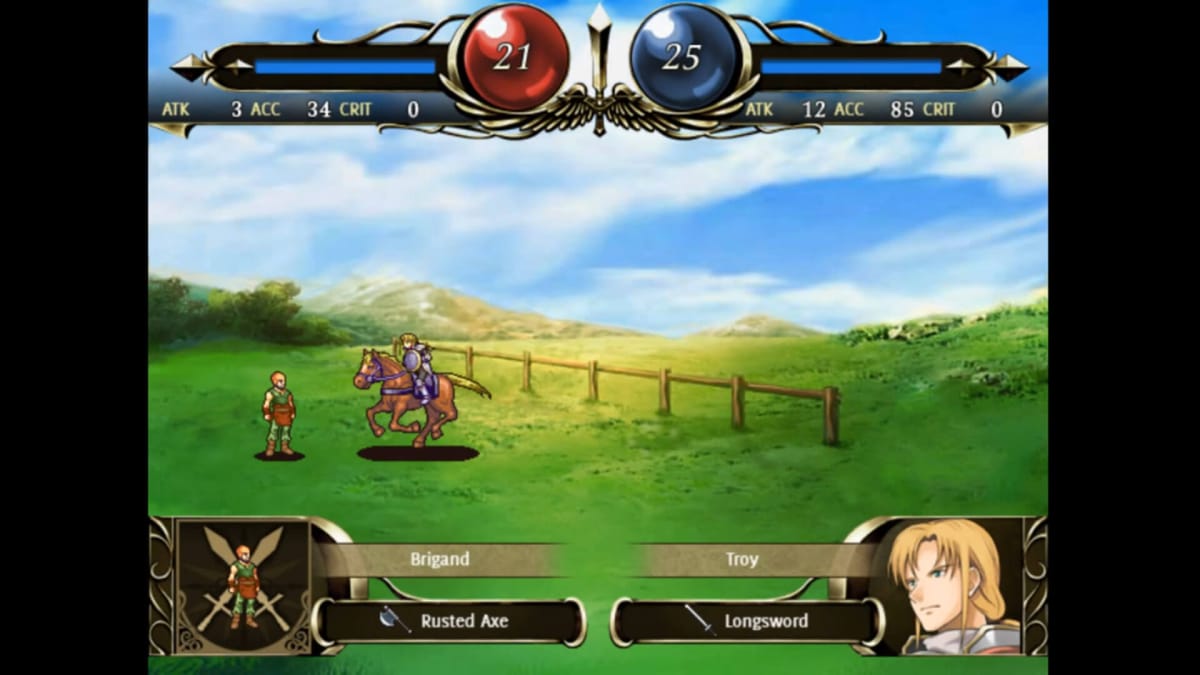
Before the seventh Fire Emblem game, Kaga decided that he wasn't done with making games just because he had left Intelligent Systems. Instead, he founded Tirnanog and got to work on something else: Tear Ring Saga. While it's hard to consider the original creator of a series designing its own competitor, Intelligent Systems quickly took legal action. He originally called it Emblem Saga with references to the Archanea series. Nintendo sued Tirnanog and publisher Enterbrain to block further publication.
There were only two games in the Tear Ring Saga series: Tear Ring Saga: Chronicles of War Hero Yutona on the PlayStation in 2001 and Tear Ring Saga: Berwick Saga on the PlayStation 2 in 2005. Both are Japan-only titles featuring turn-based tactical gameplay. Following the lawsuits, Berwick Saga made some major changes. It brought in new weapon subtypes and changed the grid into a hex-based format.
After Berwick Saga, Kaga went quiet for a while before reemerging in 2016 with a new franchise. Vestaria Saga I: War of the Scions looks and plays a lot like the older Fire Emblems. This isn't a surprise, as Vestaria Saga uses SRPG Studio, software itself inspired by the older titles. The team released it in English on Steam in late 2019. The Sacred Sword of Silvanister is expected to come out in 2022, but has not yet announced an official date.
Fire Emblem: The GBA Era (2001-2005)
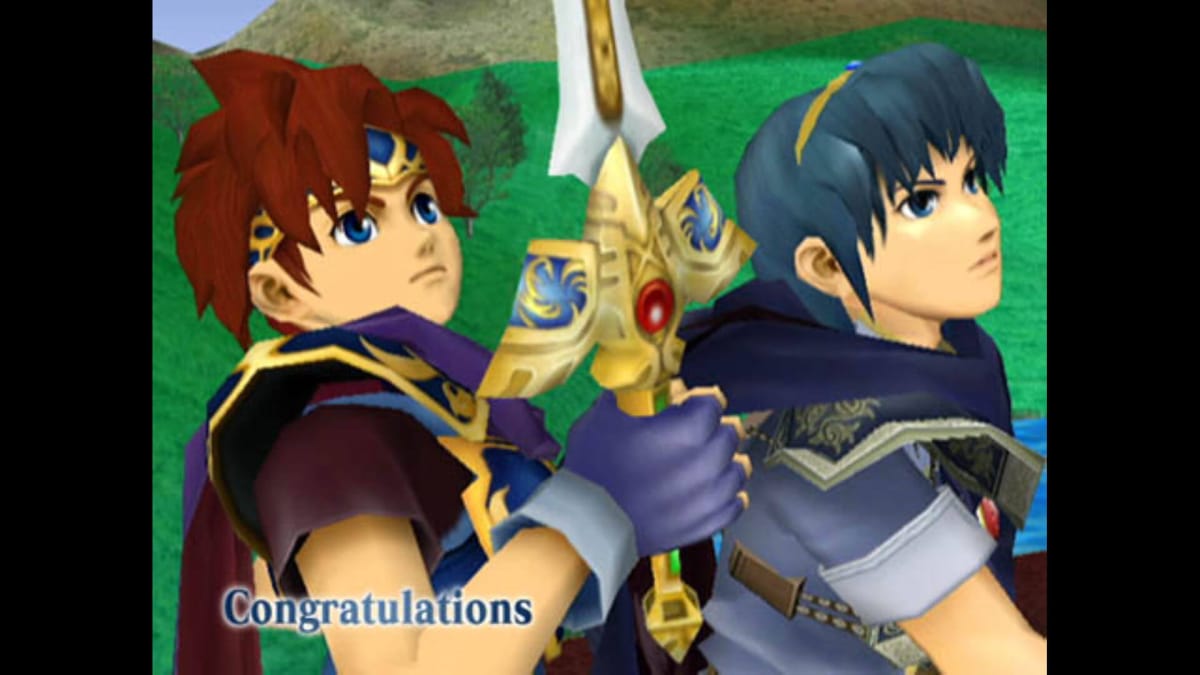
Marth and Roy appeared in Super Smash Bros. Melee in 2001 as secret unlockable characters. Both characters retained their Japanese voice dubs and proved surprisingly popular. Marth in particular placed fairly well in tournaments, and many players wanted to know more about their home series. The two of them had very similar move sets, with Marth dealing more damage with the tip of his blade and Roy doing best in very close quarters.
Since then, a Fire Emblem representative has made its way into every Smash game to date. In fact, many have derided the series as being overrepresented, with eight Fire Emblem characters on the 82-member roster appearing in Ultimate. While Chrom and Lucina act as Echo Fighters for Roy and Marth respectively, this has not done much to quell the discourse surrounding the series.
After the Smash debut, Intelligent Systems released the first Game Boy Advance title for the series. The Binding Blade was a portable marvel: It allowed players to suspend a save mid-gameplay simply by turning the system off. Coupled with the portability of the system, it was a convenient title that could be played in small bursts. Cobbled together from the canceled Maiden of Darkness, Roy began his journey in late March 2002. This was the first game that had no connections to the Archanea setting. It introduced the Convoy system, allowing players to store many more items than their army could hold individually. Compared to the following games on the Game Boy Advance, The Binding Blade had some foibles that made it more difficult such as lower weapon hit rates. But it had potential and laid the groundwork for the next game in the series.
Between Marth and Roy's popularity and the rising interest in strategy games in the West, Intelligent Systems decided there was a potential international market for Fire Emblem. An archived interview with Official Nintendo Magazine revealed the reason behind the decision. "The problem of translating and implementing all this text is one of the reasons why it took so long," stated producer Tohru Narihiro. Project manager for Awakening Masahiro Higuchi added, "There were actually attempts to have a Western release before, but the large amount of text and complexity of the setting ended up delaying this."
Intelligent Systems released the first overseas title in 2003 on the Game Boy Advance. Known only as Fire Emblem (subtitled retroactively with The Blazing Blade), it served as a prequel to The Binding Blade. It was the seventh entry in the series and the second Game Boy Advance title. Many non-Japanese fans today still hold it up as a "gold standard" for its portability, flashy animations, and occasional branching paths. The optional tactician unit, which appeared in cutscenes as a player stand-in, provided small boosts to units with a matching affinity.
The Lyn story serves as a tutorial before players take control of Eliwood. Hector becomes available as a choice for the primary Lord on subsequent playthroughs, with some units and maps exclusive to his mode. Hector Hard Mode is a tactical challenge requiring good game sense and strategy. Even today, acquiring a perfect rating is considered the feather in a fan's cap.
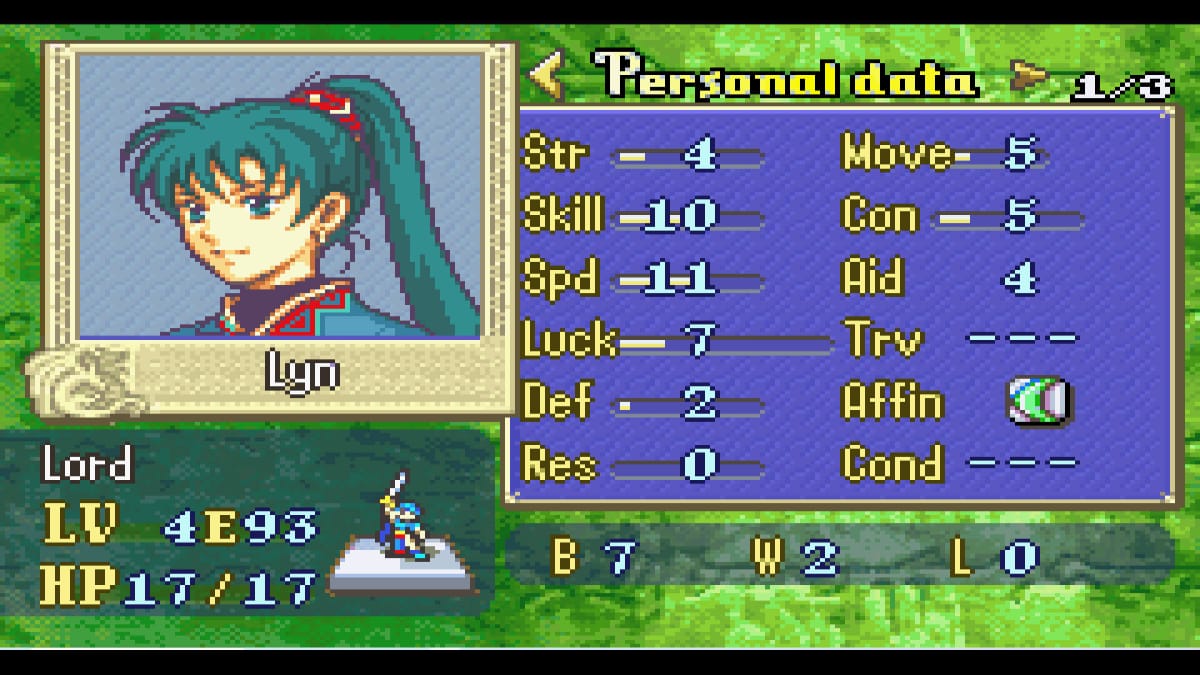
These early years, of course, were the Wild West in terms of how the fandom would evolve. Countless debates raged, ranging from comparing archers Wil and Rebecca to the shipping drama of Hector and Eliwood’s canonical wives. These debates also gave birth to a variety of misconceptions and advice considered gospel.
One of the hottest debates people waged was over the usage of "prepromotes," or units already in a promoted class. Many pointed to Marcus, Eliwood's Paladin ally, as an example. Marcus, in his promoted class, earned less experience than other units and could siphon it away if used too much. His stats and growths may not always match a trained Cavalier. Nowadays, more experienced fans might say that units like Marcus are usually quite viable or even great additions to your army. The consensus now is that, outside the highest difficulty levels or efficiency runs, you can use whoever you like so long as you're willing to invest in them and recognize the opportunity cost.
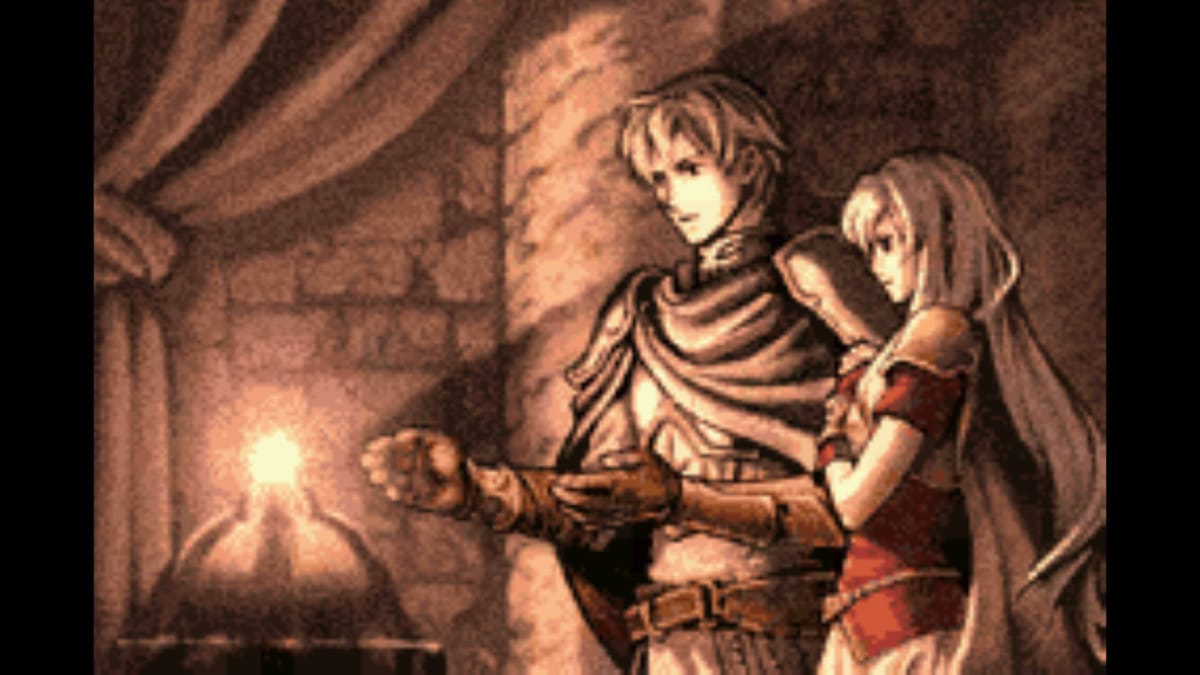
Following The Blazing Blade was The Sacred Stones, set in a new continuity on the continent of Magvel. It featured the same basic gameplay as its predecessor but borrowed elements from an earlier game. Namely, it featured the ability to traverse a world map and engage in fights to grind (again, a concept that returned in Awakening). The characters often fought monsters in addition to trained soldiers, and a postgame (Creature Campaign) offered numerous unlockable secrets. When promoting, players could typically choose one of two classes for the unit, giving some customization options. "Tier 0" or "Trainee" units also appeared, similar to the villagers from Gaiden. Ross, Amelia, and Ewan could grow into a base class after reaching enough experience, making them akin to extreme Est archetypes. Some classes had skills, but these were rather limited. In summation, The Sacred Stones was serviceable. Its fan reputation for being "easy" or "inferior" to its predecessor has cooled down after Awakening and the Gaiden remake.
In 2005, Intelligent Systems would return to consoles with Path of Radiance for the Nintendo GameCube. The Tellius duology would be the last original Fire Emblem universe for several years, and we'll go into the specifics in Part 3! And if you missed Part 1, you can find it here.
Have a tip, or want to point out something we missed? Leave a Comment or e-mail us at tips@techraptor.net


